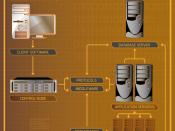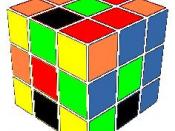Shelfware in enterprise systems can be broken down into two categories; good shelfware and bad shelfware. "Good shelfware" are those pieces of software that serve their purpose well and eventually get put on the shelf never to be used again. "Bad shelfware" is the type that is too complicated to implement, you have insufficient time to use, or it doesn't serve its purpose once you get it installed. In the case of quite a few enterprise systems, they become bad shelfware.
Good shelfware are typically small utilities or applications that are needed to complete a particular project, or part of a project. They are typically inexpensive and serve only one purpose. Good shelfware should be measured by its return on its investment. If a particular piece of software cost you $250 and your company profited $10,000 from its use, then you have a very high return on your investment. Conversely, if you paid $10,000 for a piece of software and only profited $250, then your good shelfware has become bad shelfware very quickly.
Limiting the amount of bad shelfware should be the goal of any company - it wastes money and resources and doesn't serve any purpose. There is no return on your investment with bad shelfware. You purchase it, try it, then find out it doesn't work in your particular environment, it doesn't do you thought it would do, or it would take an outside consultant to implement it - further driving up the cost.
One way to solve the bad shelfware dilemma is to find software vendors that offer some sort of exchange program. Take Bentley Systems, Inc. (http://www.bentley.com/), for example. They have a program called "Bentley SELECT" that allows you to exchange licenses as your business needs change. Their software licenses can be exchanged once a...


